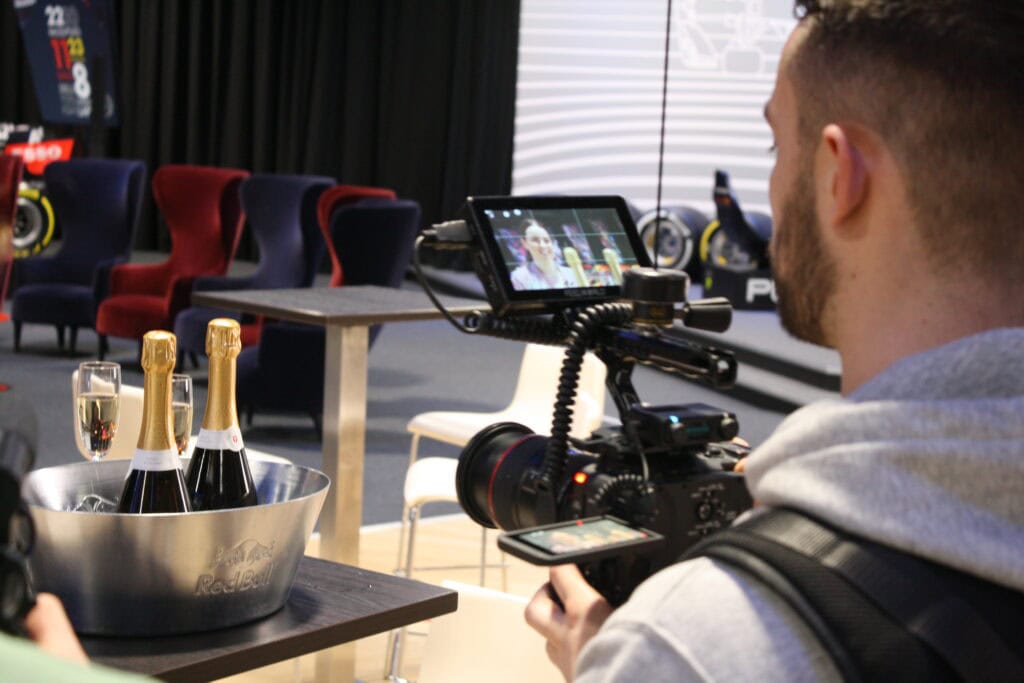
the power of design in digital learning:
enhancing employee success
The synergy between design and content creation significantly shapes learners’ emotional and cognitive experiences. Well-crafted digital learning platforms and LMS do more than just disseminate information; they foster positive emotions, deepen knowledge retention, and drive better outcomes. Let’s explore how impactful design and content creation can transform workplace learning experiences, leading to higher productivity and success for employees.
the role of emotion in learning
Design and content creation are not merely aesthetic or functional. They play a pivotal role in evoking emotions that facilitate deeper engagement. Neuroscience suggests that positive emotions enhance learning by activating the brain’s reward centres, improving focus, and reinforcing memory. For instance, platforms with intuitive navigation, visually appealing layouts, and interactive elements make employees feel valued and motivated. This emotional connection increases their willingness to learn, ultimately improving retention rates and skill application on the job.







